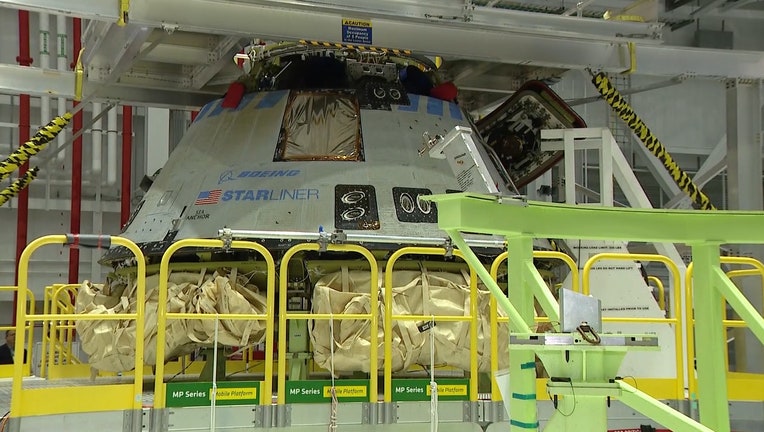Boeing's Starliner capsule returns to Space Coast for analysis

CAPE CANAVERAL, Fla. - Boeing’s Starliner capsule, designed for human astronauts, was trucked back to Florida's Space Coast from White Sands, New Mexico.
Four weeks ago, the company tried to send the capsule to the International Space Station, but it had a technical issue shortly after launch and never made it to the right orbital path.
NASA and Boeing had to bring it right back down to earth, but despite not completing the mission's primary objective, Boeing says the capsule demonstrated its durability. It survived earth re-entry, exposed to approximately 3,000 degrees of heat, and the airbags and chutes performed well.
"We are going to have to focus on safety and quality we’ve got to do the assessments, right? Look at what the data is telling us, what the vehicle is telling us the vehicle does talk to us believe it or not," said Ramon Sanchez, senior operations lead for Boeing.
One thing Starliner is saying so far is that it is fuel-efficient.
"We came back with a little over half the propellant that we went up with, so we’re in a really good spot we did not use as much of the thrusters as we would expect on an average mission," explained Tim Reith, spacecraft engineering manager.
During the orbital flight test, a dummy named "Rosie the Riveter" was inside the capsule. She’s back in there right now, and they are analyzing data from her -- very exciting information for the capsule that will take astronauts to the ISS. It will also be the first time American astronauts are launching from American soil since the cancellation of the shuttle program at the Kennedy Space Center.

